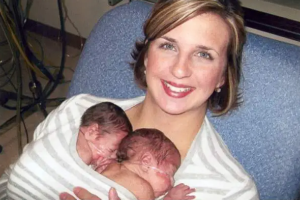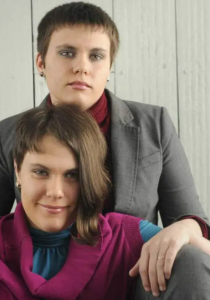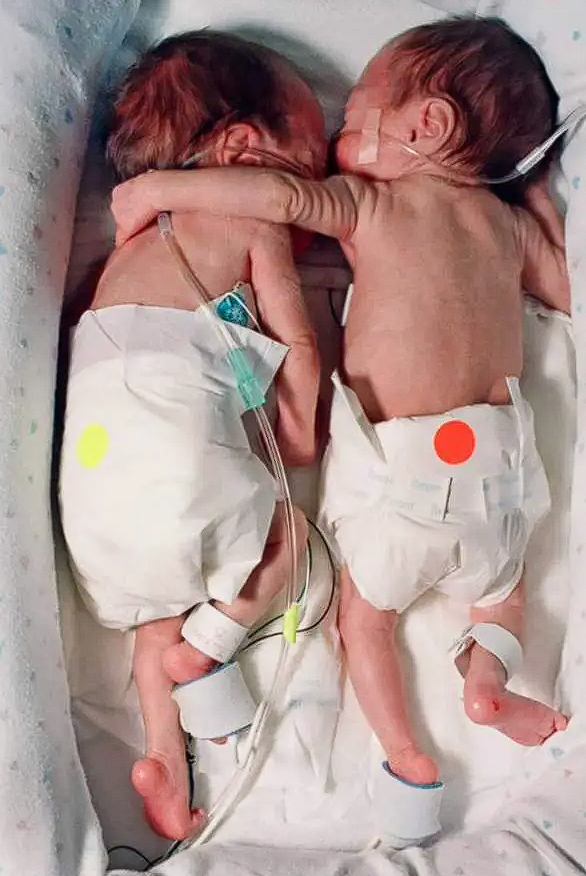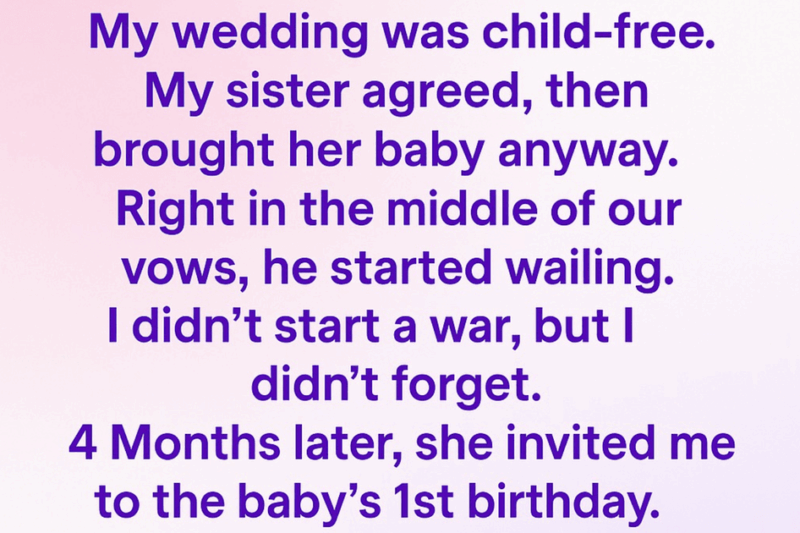In 1995, Paul Jackson faced a daunting and emotional journey when his twin daughters were born prematurely at UMass Memorial Hospital. Arriving 12 weeks early, each twin weighed only two pounds. Their situation was dire, and the doctors made it clear that while the twins appeared stable at that moment, the following 42 to 78 hours would be critical. This was a time of uncertainty and fear, as Paul grappled with the unknown while desperately hoping for his daughters’ survival.
A Critical Struggle for Survival

As days passed, Brielle, one of the twins, began to show signs of serious distress. Her oxygen levels dropped dangerously low, her heart raced, and her skin began turning blue—an alarming signal of respiratory failure. At this point, the medical team was looking for innovative solutions. In the midst of the crisis, Gayle Kasparian, a NICU nurse, proposed an unconventional approach that had never been tried in the U.S. before. She suggested placing Kyrie, the stronger twin, in the same incubator as Brielle, allowing the two to have skin-to-skin contact. Known as “Kangaroo Care,” this method had been used successfully in other countries to help preterm infants, but it was considered groundbreaking in the United States.
A Miraculous Transformation

What happened next was nothing short of miraculous. As soon as Kyrie was placed next to Brielle, she instinctively wrapped her tiny arm around her sister. The media would later call this a “life-saving hug.” Almost immediately, Brielle’s condition improved drastically. Her breathing stabilized, her heart rate returned to normal, and her skin color gradually changed from blue to a healthier tone. Nurse Kasparian recalled the extraordinary change, saying:
“The transformation was instantaneous. When I put Brielle next to her sister, an extraordinary calm washed over her. Her heart rate leveled, her breathing evened out, and her color miraculously restored.”
This moment marked a turning point not only in Brielle’s life but also in neonatal care, showcasing the profound impact of human connection on health and survival.
A New Era in Neonatal Care

Before this breakthrough, it was standard practice in the U.S. to keep premature twins and triplets in separate incubators for safety. However, the remarkable recovery of Brielle after being placed with her sister Kyrie demonstrated that skin-to-skin contact could be a life-saving intervention for premature infants. Dr. Stuart Weisberger, from UMass Memorial Hospital, reflected on how this method revolutionized neonatal care, explaining:
“These methods seemed unattainable. We once thought preterm infants were too delicate for such interventions. Now we apply this method to babies born as early as 23, 24, and 25 weeks. We even practice it while they’re supported by ventilator machines.”
The success of this approach opened new possibilities for the treatment of preterm infants and became a crucial part of modern neonatal care practices.
The Unbreakable Bond
Today, Brielle and Kyrie have grown up together, not only as sisters but as best friends with an incredibly strong bond. Their connection remains unshakable, and they continue to share thoughts, sometimes even finishing each other’s sentences. Their journey, which began in the NICU with a simple yet powerful gesture of love and care, has become a symbol of hope and resilience. Their story continues to inspire, demonstrating the life-changing power of human connection and love, particularly in the face of adversity.




